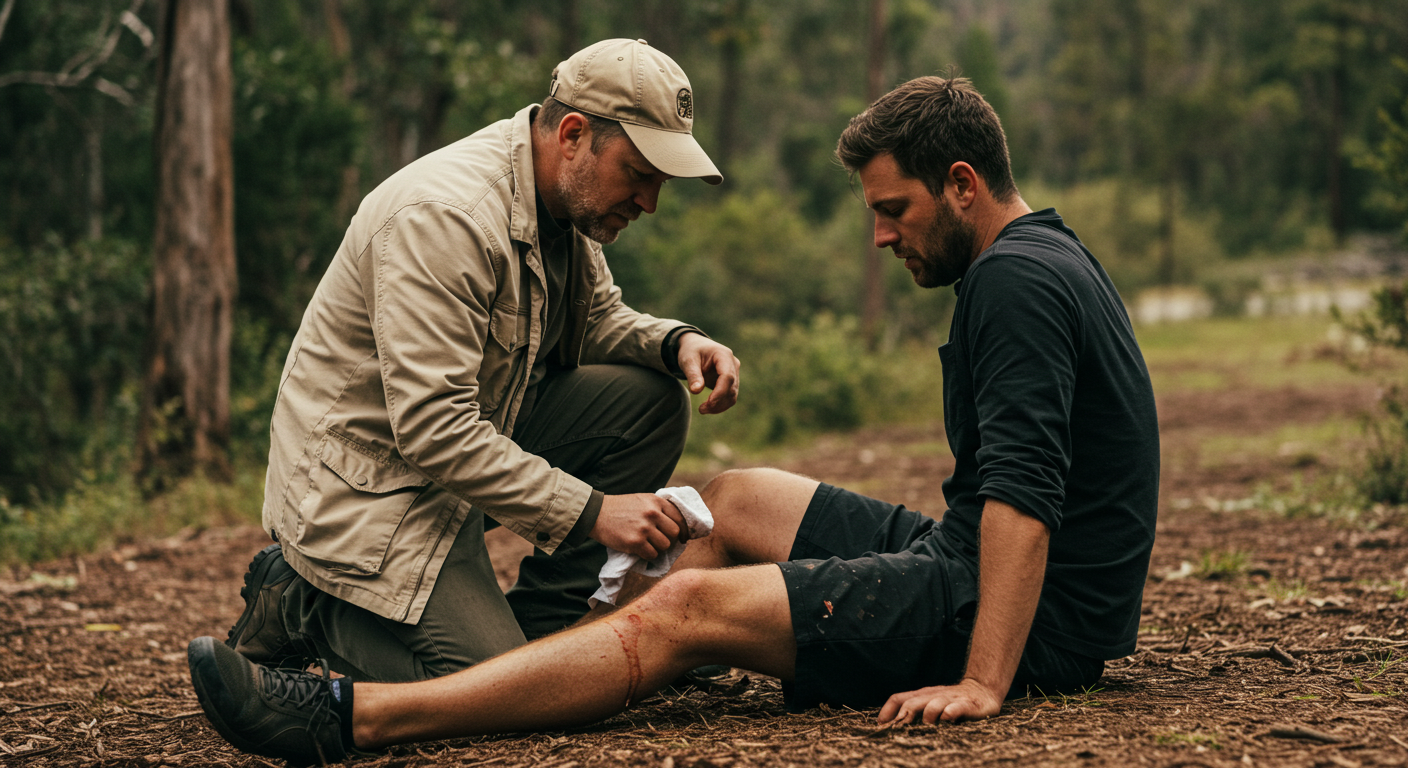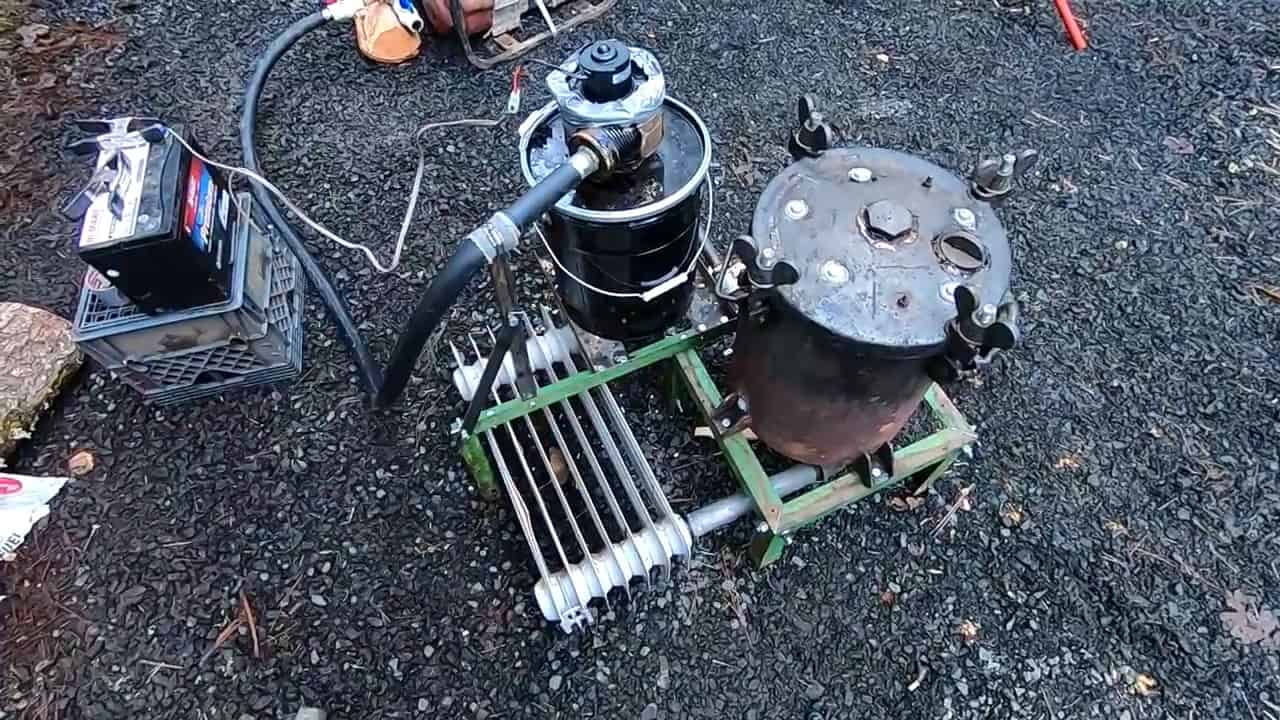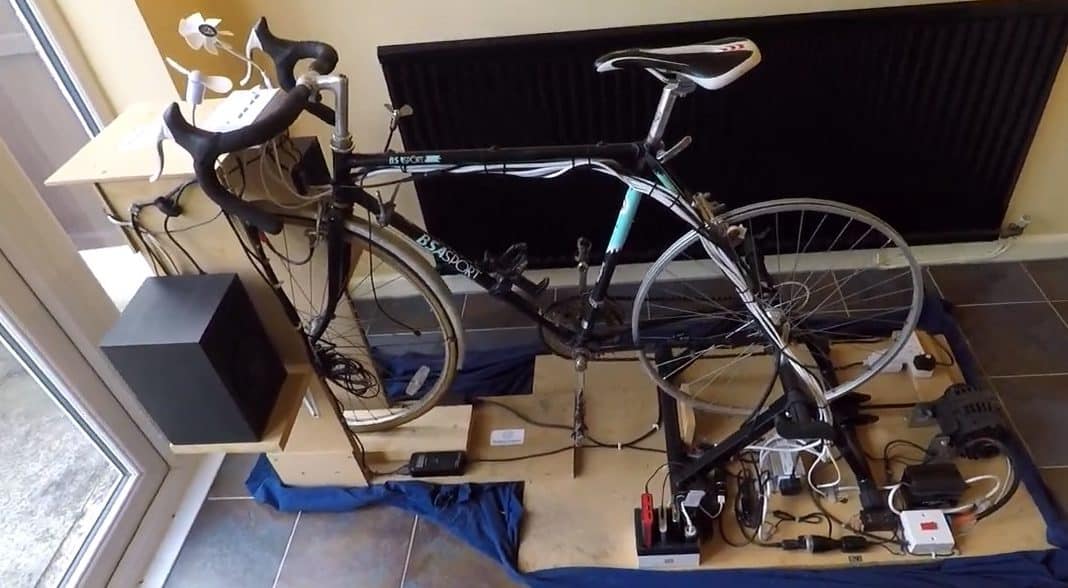A dirty wound can kill you faster than a bullet. Not immediately, but in a matter of days, infection can turn a simple cut into a life-threatening emergency. If you believe modern medicine will always be there to patch you up, you’re already in a dangerous position. In a grid-down scenario or even a simple hike gone wrong, knowing how to clean a wound can be the difference between healing and hemorrhaging.
Why Cleaning a Wound Matters
An unclean wound is an open invitation for bacteria, viruses, and other pathogens. Infections like staph, tetanus, and necrotizing fasciitis thrive in warm, moist, and bloody environments.
The first few minutes after an injury are the most critical. What you do in that time can set the stage for infection, permanent damage, or even sepsis. When hospitals are inaccessible, you are the emergency room.
How to Clean a Wound (Step-by-Step)
Whether you’re dealing with a scrape, slice, or gash, follow these steps immediately.
1. Wash Your Hands
Before touching the wound, wash your hands with clean water and soap or an alcohol-based sanitizer. If you have gloves, wear them. This is the first line of defense against cross-contamination.
2. Stop the Bleeding
Apply firm, direct pressure to the wound with a clean cloth or gauze. Elevate the injured area if possible. If the bleeding doesn’t stop after 10 minutes, or if it is spurting (a sign of arterial bleeding), apply a tourniquet if necessary and seek professional help immediately.
3. Flush It Out
This is a critical step. Vigorously irrigate the wound with clean water or a saline solution (one teaspoon of salt dissolved in two cups of boiled and cooled water). The goal is to use pressure to blast out dirt, bacteria, and foreign materials. A syringe or a water bottle with a sports cap can provide the necessary pressure.
4. Remove Debris
Use sterilized tweezers to carefully remove any visible dirt, splinters, or glass. If you can’t get all the debris out safely, or if it’s too deep, stop. Don’t go digging blindly. Keep the wound as clean as possible and monitor it closely for signs of infection.
5. Apply Antiseptic
Apply a thin layer of antiseptic, like Betadine, iodine, or an antibiotic ointment. In a pinch, natural options like honey can be used, but don’t rely on them unless you know what you’re doing.
6. Cover It Up
Cover the wound with a sterile, breathable bandage or gauze. Change the dressing daily or whenever it gets wet or dirty.
How to Clean a Deep Wound
Deep wounds are not like a simple scrape. They require more aggressive care to prevent infection.
- Do not close it immediately. This can trap bacteria inside.
- Irrigate aggressively. Use more water and pressure than you would for a shallow wound.
- Allow it to drain. Once bleeding is controlled and debris is removed, leave the wound open to drain. Use a wet-to-dry dressing to help it heal from the inside out. Rushing to seal a dirty wound can turn a minor injury into a death sentence.
How to Clean a Dog’s Wound
In a crisis, your dog is family, and they depend on you for care.
- Muzzle First: A dog in pain can be unpredictable. Muzzle them with a cloth or bandana to ensure your safety.
- Clean with Saline or Water: Use the same saline solution you would for a human wound. Do not use hydrogen peroxide or alcohol.
- Clip the Fur: Trim the fur around the wound to improve visibility and airflow. Matted fur can trap bacteria and hide infection.
- Apply Dog-Safe Antiseptic: Use a vet-approved antiseptic or diluted Betadine.
- Wrap Loosely: Keep the wound covered, but change the dressing regularly. Use a dog cone to prevent them from licking the wound and causing further infection.
Final Thoughts: Knowledge Beats Panic
Don’t wait for the ambulance. Don’t trust society to stay stable. Learn how to clean a wound—for yourself, your family, and your pets. The biggest killer in a post-collapse world won’t be bullets; it will be infection and ignorance.
Train yourself now. Have supplies on hand. You will never regret the preparation, but you will surely regret the lack of it.




